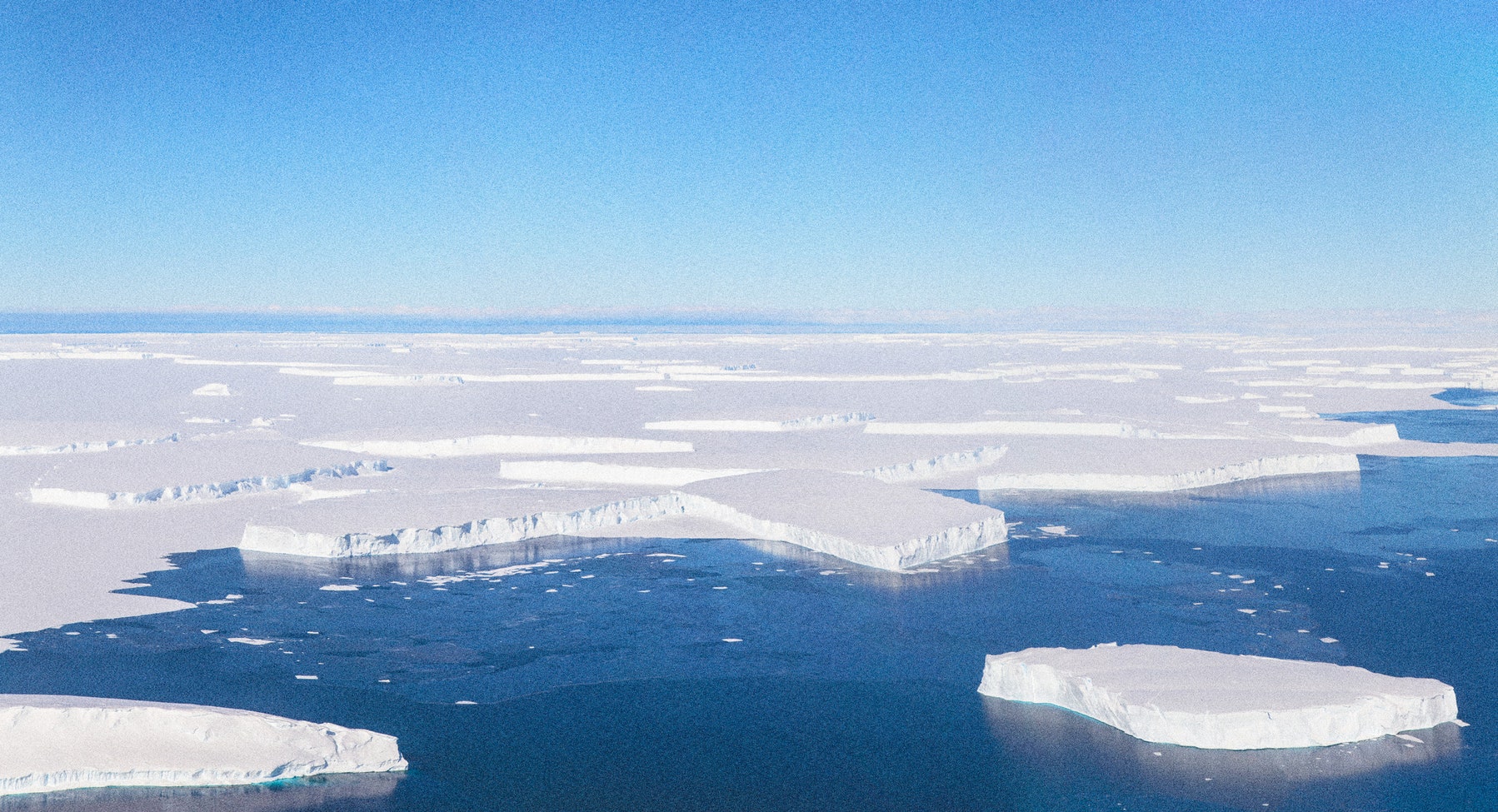MULTIZ321
TUG Member
- Joined
- Jun 6, 2005
- Messages
- 31,348
- Reaction score
- 9,013
- Points
- 1,048
- Location
- FT. LAUDERDALE, FL
- Resorts Owned
-
BLUEWATER BY SPINNAKER HHI
ROYAL HOLIDAY CLUB RHC (POINTS)
The Race to Understand Antarctica's Most Terrifying Glacier
By Jon Gertner/ Science/ Wired/ wired.com
"Science season in Antarctica begins in November, when noontime temperatures at McMurdo Station climb to a balmy 18 degrees Fahrenheit and the sun hangs in the sky all day and night. For a researcher traveling there from the United States, the route takes time as well as patience. The easiest way is to fly from Los Angeles to Christchurch, New Zealand—a journey of 17 hours, if you’re lucky—and then to McMurdo, a charmless cluster of buildings that houses most of the southern continent’s thousand or so seasonal residents and both of its ATMs. McMurdo isn’t the end of the line, though. Often it’s just a pass-through for scientists hopping small planes to penguin colonies or meteorological observatories farther afield.
Few places in Antarctica are more difficult to reach than Thwaites Glacier, a Florida-sized hunk of frozen water that meets the Amundsen Sea about 800 miles west of McMurdo. Until a decade ago, barely any scientists had ever set foot there, and the glacier’s remoteness, along with its reputation for bad weather, ensured that it remained poorly understood. Yet within the small community of people who study ice for a living, Thwaites has long been the subject of dark speculation. If this mysterious glacier were to “go bad”—glaciologist-speak for the process by which a glacier breaks down into icebergs and eventually collapses into the ocean—it might be more than a scientific curiosity. Indeed, it might be the kind of event that changes the course of civilization.
In December 2008, a Penn State scientist named Sridhar Anandakrishnan and five of his colleagues made the epic journey to Thwaites, two days from McMurdo by plane, tractor, and snowmobile. All glaciers flow, but satellites and airborne radar missions had revealed that something worrisome was happening on Thwaites: The glacier was destabilizing, dumping ever more ice into the sea. On color-coded maps of the region, its flow rate went from stable blue to raise-the-alarms red. As Anandakrishnan puts it, “Thwaites started to pop.”....."

The Thwaites Glacier is collapsing into the sea. Now scientists are scrambling to answer two questions: When will it take the plunge? And what will it take to save our coastal cities?
Jeremy Harbeck/NASA
Richard
By Jon Gertner/ Science/ Wired/ wired.com
"Science season in Antarctica begins in November, when noontime temperatures at McMurdo Station climb to a balmy 18 degrees Fahrenheit and the sun hangs in the sky all day and night. For a researcher traveling there from the United States, the route takes time as well as patience. The easiest way is to fly from Los Angeles to Christchurch, New Zealand—a journey of 17 hours, if you’re lucky—and then to McMurdo, a charmless cluster of buildings that houses most of the southern continent’s thousand or so seasonal residents and both of its ATMs. McMurdo isn’t the end of the line, though. Often it’s just a pass-through for scientists hopping small planes to penguin colonies or meteorological observatories farther afield.
Few places in Antarctica are more difficult to reach than Thwaites Glacier, a Florida-sized hunk of frozen water that meets the Amundsen Sea about 800 miles west of McMurdo. Until a decade ago, barely any scientists had ever set foot there, and the glacier’s remoteness, along with its reputation for bad weather, ensured that it remained poorly understood. Yet within the small community of people who study ice for a living, Thwaites has long been the subject of dark speculation. If this mysterious glacier were to “go bad”—glaciologist-speak for the process by which a glacier breaks down into icebergs and eventually collapses into the ocean—it might be more than a scientific curiosity. Indeed, it might be the kind of event that changes the course of civilization.
In December 2008, a Penn State scientist named Sridhar Anandakrishnan and five of his colleagues made the epic journey to Thwaites, two days from McMurdo by plane, tractor, and snowmobile. All glaciers flow, but satellites and airborne radar missions had revealed that something worrisome was happening on Thwaites: The glacier was destabilizing, dumping ever more ice into the sea. On color-coded maps of the region, its flow rate went from stable blue to raise-the-alarms red. As Anandakrishnan puts it, “Thwaites started to pop.”....."

The Thwaites Glacier is collapsing into the sea. Now scientists are scrambling to answer two questions: When will it take the plunge? And what will it take to save our coastal cities?
Jeremy Harbeck/NASA
Richard
